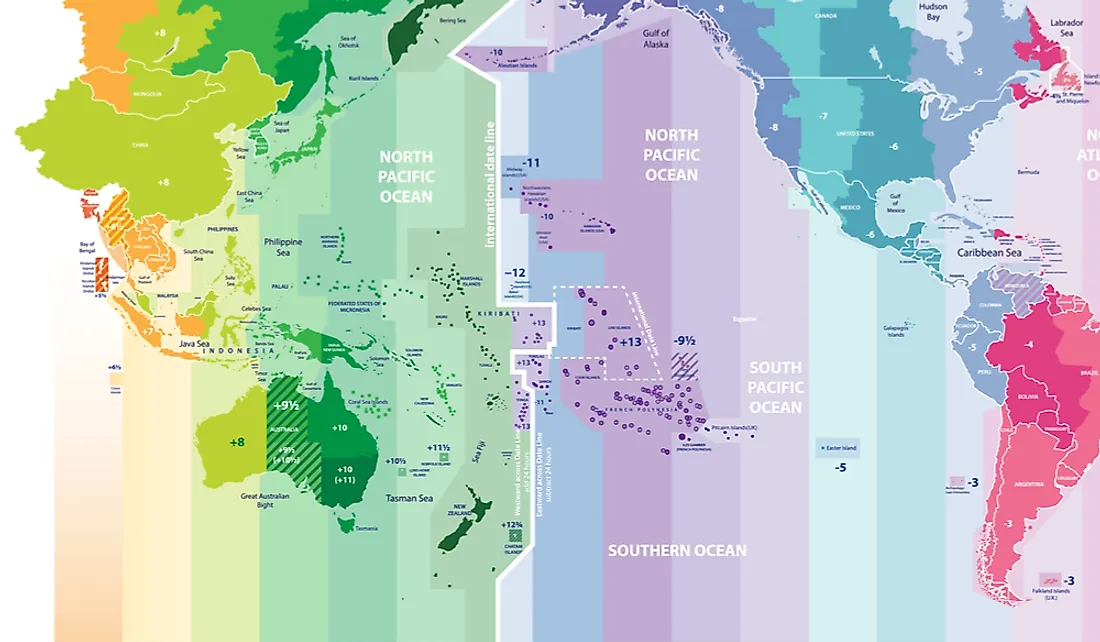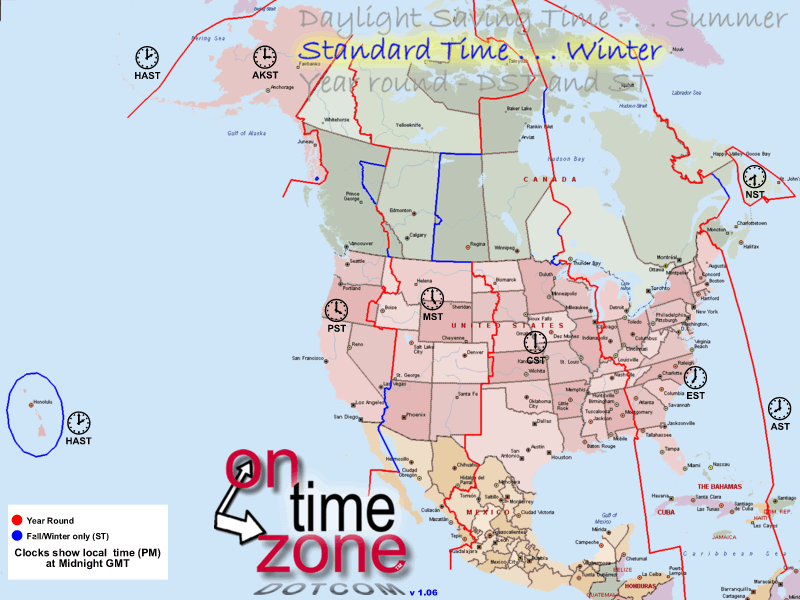

If your travel has time zone complexities or possible impacts on your health or comfort, consult an expert as you plan it. Crossing from Kirkenes south to Murmansk Oblast (from November to March), you instead lose two hours, in addition to the travel time. The same happens when taking the north-bound bus from Utsjoki to Tana. You don't even need to fly, or travel east to west. Even just crossing from one time zone to another can be confusing, as you still may arrive before you left, such as when flying from Minsk to Warsaw.For example a typical flight from Sydney to LA will take off at lunchtime and land early in the morning on the same calendar date! If starting the reverse course by midday, you may, in a way, travel back in time, as you land earlier than you started.west coast to Japan or Hong Kong in late evening can land you there in the morning two calendar days later. Starting a 12–15 hour flight from the U.S.Crossing the International Date Line can cause confusion about on what date you'll arrive, e.g.,.You may miss an important obligation, or connections with scheduled transport, simply by not understanding what will be the correct local time as you travel.Your "body clock" may experience some stress as you tell it to meet business appointments, tours and other obligations during hours when you'd be asleep if at home.You need to take some care when planning trips that cross several time zones, e.g., Darkness comes soon after sunset near the equator, while real dusk comes half an hour after sunset at latitudes of 60°. The hottest time is usually the hours after noon. If you don't have these times available, note that the sun moves 15° of longitude by hour, so 30° east of Greenwich, the sun is at its highest at 10:00 UTC if the time zone is UTC+1, that's 11:00. Often the only thing that matters is wall clock time, but in areas where you'd prefer indoor activities in the hottest hours, or where daylight hours are few, check times of the hottest hours, the hours with most UV-radiation, or times of sunrise and sunset, depending on your needs. While when observing "sun time", the sun is at its highest at noon, the political time zones can be stretched out or biased to differ even a few hours from this. (The total span of time zones covers more than 24 hours because the Date Line jogs westward and eastward to keep certain national island groupings on the same calendar day, although they are not within a single time zone.)
NORTH AMERICA TIME ZONES FULL
Crossing the Date Line going eastward, clocks are turned back a full 24 hours, and vice versa in the opposite direction. UTC+4) zones west of UTC and east of the Date Line are specified by the number of hours behind UTC (e.g. Time zones east of UTC and west of the International Date Line are specified by the number of hours ahead of UTC (e.g.

It comes from the nautical system in which each time zone was assigned a letter. The "Z" is for "zero", and "Zulu" is the two-way radio pronunciation of "Z". UTC is also sometimes called Z or Zulu time. UTC used to be called GMT (Greenwich Mean Time), after the Royal Observatory located in the Greenwich area of London.

Like as the waves make towards the pebbled shoreĪlthough many time zones have descriptive names used by people in them, they are least ambiguously identified by their relationship to UTC (Universal Time, Co-ordinated). Read more about the new federal law that took effect in March 2007 whichĮxtended Daylight Saving Time by four weeks.This is a list of countries, regions, and territories grouped by time zone. Virgin Islands and American Samoa do not observe Daylight Saving Time. Eastern Standard Time (EST) becomes Eastern Daylight Time (EDT), and so forth. The names in each time zone change along with Daylight Saving Time. On the first Sunday in November areas on Daylight Saving Time return to Standard Time at 2:00 a.m. Local time on the second Sunday in March. From east to west they are Atlantic Standard Time (AST), Eastern Standard Time (EST), Central Standard Time (CST), Mountain Standard Time (MST), Pacific Standard Time (PST), Alaskan Standard Time (AKST), Hawaii-Aleutian Standard Time (HST), Samoa standard time (UTC-11) and Chamorro Standard Time (UTC+10). The United States uses nine standard time zones.


 0 kommentar(er)
0 kommentar(er)
